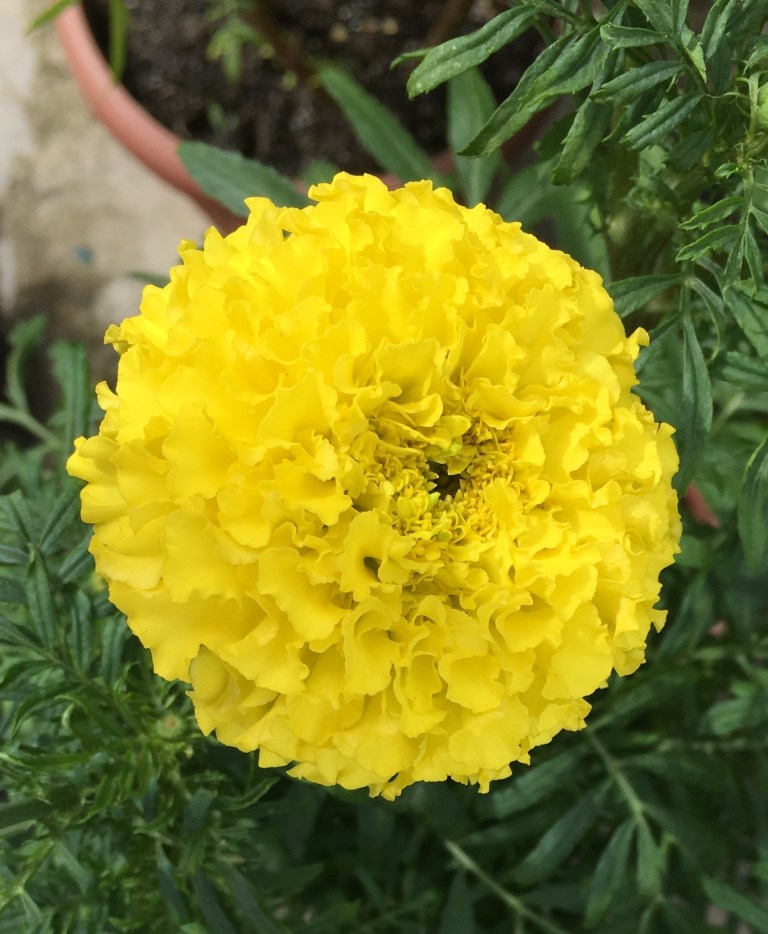
Growing Marigolds: Common Pitfalls in Urban Gardening
Share
Last week, my marigolds started to bloom. I would consider these flowers late bloomers though. The seed packet stated that the plants should start blooming in about 60 days. Two months had passed and the plants were nowhere within blossoming stage. So what went wrong?
Too little sun
Marigolds need a lot of sun, at least 8 hours of sunlight. Initially I placed the plants in a partly shady area in the garden. With limited sunlight, the plants were restricted from producing flowers. So I decided to transfer them to an area where they will get more sunshine. Since then, lots of tiny buds appeared at the top leaves.
Too much fertilizer
For flowering plants, I often use fertilizer pellets which I mixed with the soil. As a result, the marigolds grew a lot of leaves but not flowers. To correct this, I trimmed away almost half of the leaves, especially those in the lower part. This encouraged the plants to focus more on growing buds, rather than on growing more leaves.
Too much water
 Marigolds thrive well with dry, challenging soil conditions. However, they don’t want to be soaked. Ideally, watering should be done only once a week or when the soil feels really dry. Too bad, rainy seasons in the Philippines can get very wet, which is causing the plant roots to rot. One recourse is to simply move them indoors (if potted) especially during heavy rains so as not to soak them too much.
Marigolds thrive well with dry, challenging soil conditions. However, they don’t want to be soaked. Ideally, watering should be done only once a week or when the soil feels really dry. Too bad, rainy seasons in the Philippines can get very wet, which is causing the plant roots to rot. One recourse is to simply move them indoors (if potted) especially during heavy rains so as not to soak them too much.
Marigolds are generally easy to maintain, and are prolific bloomers once you find the perfect sunny spot for them. They can grow well in containers, so they’re ideal for gardening in small spaces. They are also known to repel insects and pests, and can be a perfect companion for most potted plants. This means that you can plant marigolds together with other plants (ideally, with other vegetables or herbs) in the same pot and they will complement each other.
